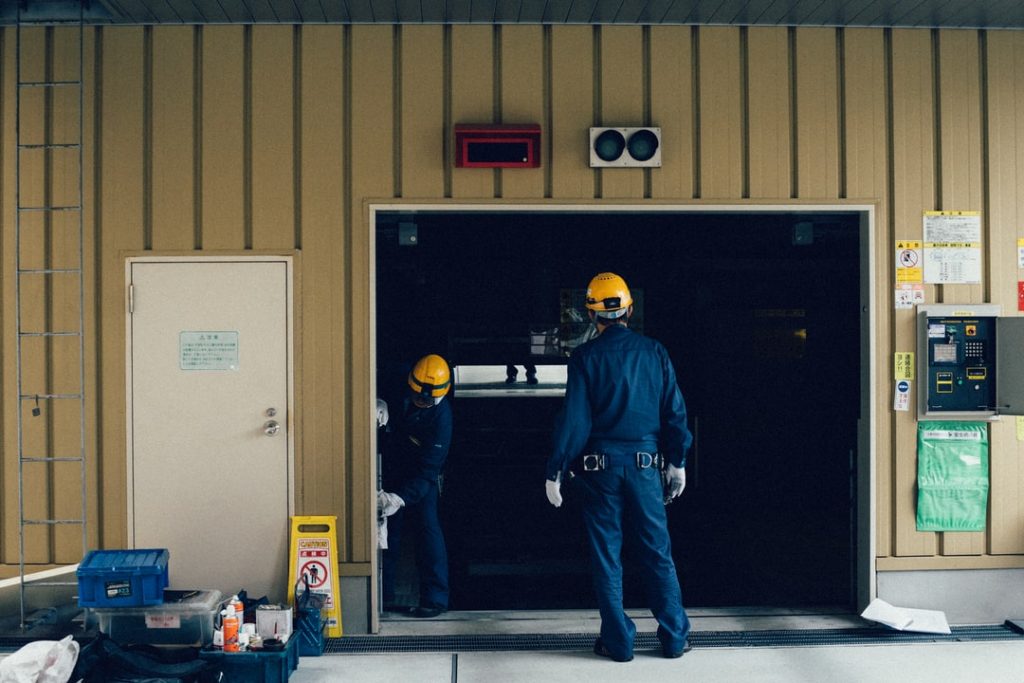How to Troubleshoot a Garage Door Installation Problem
If you are unable to open your garage door, it may be due to a variety of different problems. Some of these problems include unplugged motors, damaged rollers or photo-eye sensors. This article will discuss how to troubleshoot each of these problems and determine what might be the root cause. Listed below are several things you may want to check before calling a repair technician. Listed below are some ways to troubleshoot your Garage door.
Unplugged motor
If your garage door is not moving, it may be because the motor has become unplugged. This likely happened because someone pulled the emergency release cord. Reconnecting the motor should be an easy manual process, but this may not fix the problem. You will need to call a professional if you cannot repair the motor yourself. If you are unsure of how to do this, consult the manufacturer’s manual. Unplugging the motor may fix the problem temporarily, but it will eventually lead to an expensive repair bill.
First, disconnect the garage door motor from the wall. Once disconnected, move the hub away from the motor and plug it into an electrical outlet inside the garage. Make sure that the flashing light on the motor unit is visible. If you hear a clanging noise when you try to open the door manually, it’s possible the chain is too tight. If this problem persists, you should replace it immediately. To fix the problem, you may have to replace the entire garage door.

Broken torsion spring
Changing a broken torsion spring is not difficult. You will need some basic tools such as a vise grip, an adjustable wrench, and two 1/2″ X 18″ steel rods. You can find these at most hardware stores. If you can’t find one, you can cut the rods into half to get the exact measurement. A file or ruler may also be useful. Also, make sure your garage is well-lit before starting the project.
Once you’ve removed the old spring, the spring anchor brackets should be replaced. Torsion springs need to be stretched to prevent the door from closing completely. Check for wear at the meeting point of the shaft and the bearing race. Lubricate the bearing if necessary. You should also check the spring’s winding cones to prevent them from rubbing one another. To make sure you’re not damaging your garage door, you can place a piece of cardboard or paper grocery bag between the two springs to prevent them from binding.
Damaged or rusted rollers
Over time, your garage door can suffer from a number of problems, from bent rollers to rusted and damaged springs. If your door frequently pulls off track, damaged rollers could be one of the culprits. You can easily fix the problem by replacing the rollers with a new one made of nylon steel ball bearings. But if you don’t have time to do this yourself, you can always hire a professional to replace the rollers for you.
Garage door rollers may be made of steel or nylon. During their lifetime, rollers are supposed to move smoothly up and down a metal track. These tracks must be straight and lubricated in order for the rollers to work smoothly. With age, they can rusted or even bend and need to be replaced. When you notice rusting or damaged rollers, call a professional for repair. You may be able to fix the problem yourself by chiseling off some wood and fitting a washer between the metal plate and door.
Damaged photo-eye sensors
If you’re having trouble with your garage door’s photo-eye sensors, the problem may be caused by an alignment problem. This problem is easily fixed by self-installation, although you might need to call in a technician to fix the wiring. You can also adjust the pivot bracket on your garage door to ensure that the photo-eye sensors are in the correct position. After you’ve done this, you should be able to see a light on the side of the sensor.
The photo-eye sensor is placed approximately six inches from the ground. Its red and green LED lights indicate whether or not the beam is being sent or received. If either of the lights is out, the sensor is broken and no longer working properly. If it’s not functioning properly, you should call an electrician to fix it. A broken photo-eye sensor can also cause your garage door to stop and shut, and may even result in a broken spring or roller.
Broken cables
The cables in your garage door are a common source of failure. In addition to fraying and corrosion, cables can become brittle due to use and exposure to moisture near the bottom of the door. A broken cable may also show signs of corrosion or wear on the pulley mechanism that allows the cables to move. If this mechanism is faulty, additional strain can be placed on the cables, accelerating the rate of wear and tear.
If the cables are broken, you need to repair the cables to prevent further damage. If the cables are broken, the door can get stuck and fall out of alignment, making it difficult to lift. If the cables are damaged, the garage door can also begin to jerk and move unevenly. For the best results, you should always contact a professional garage door service to perform the installation. Broken cables in garage door installation
